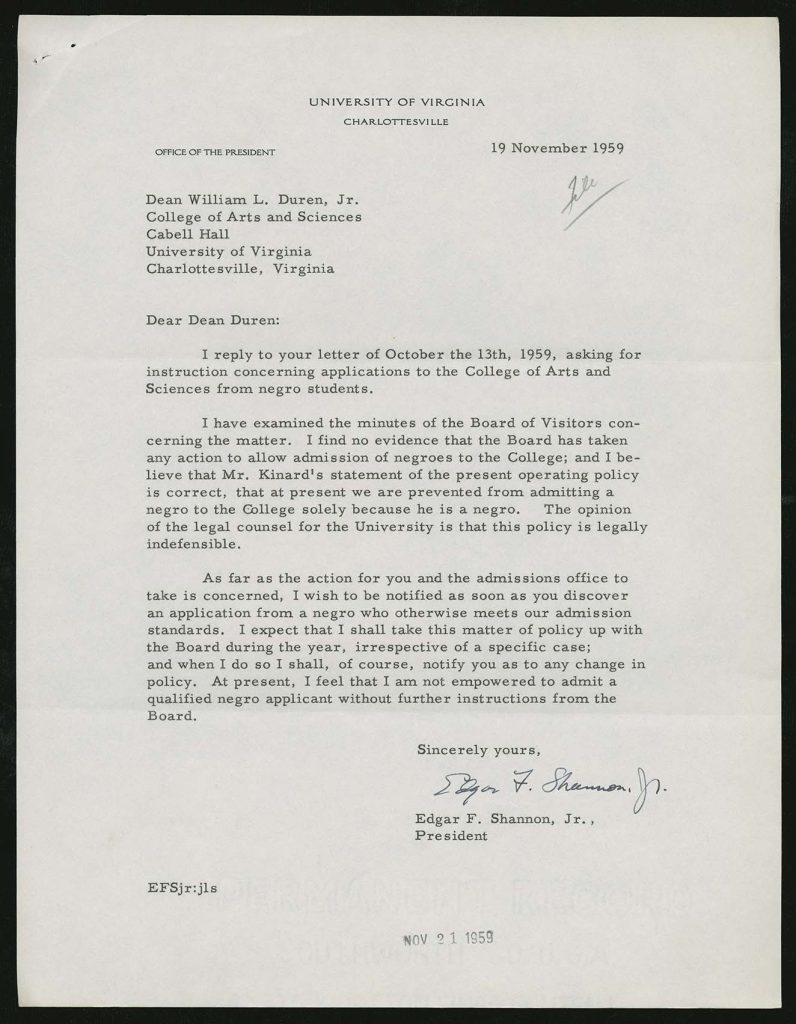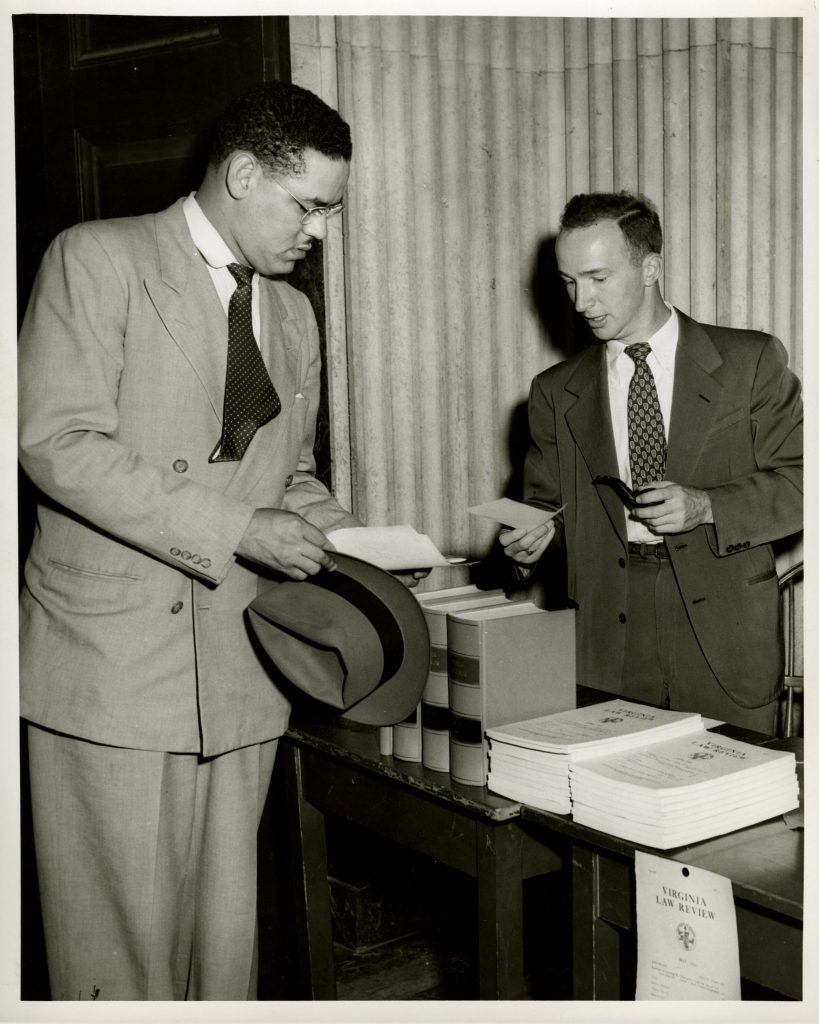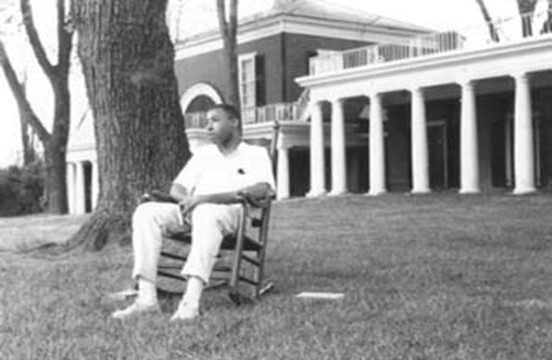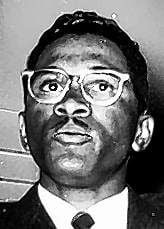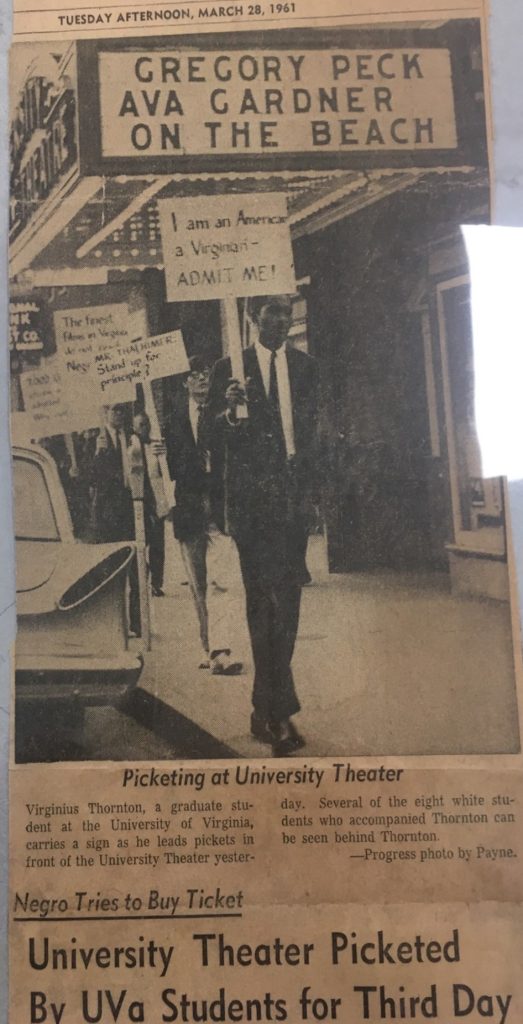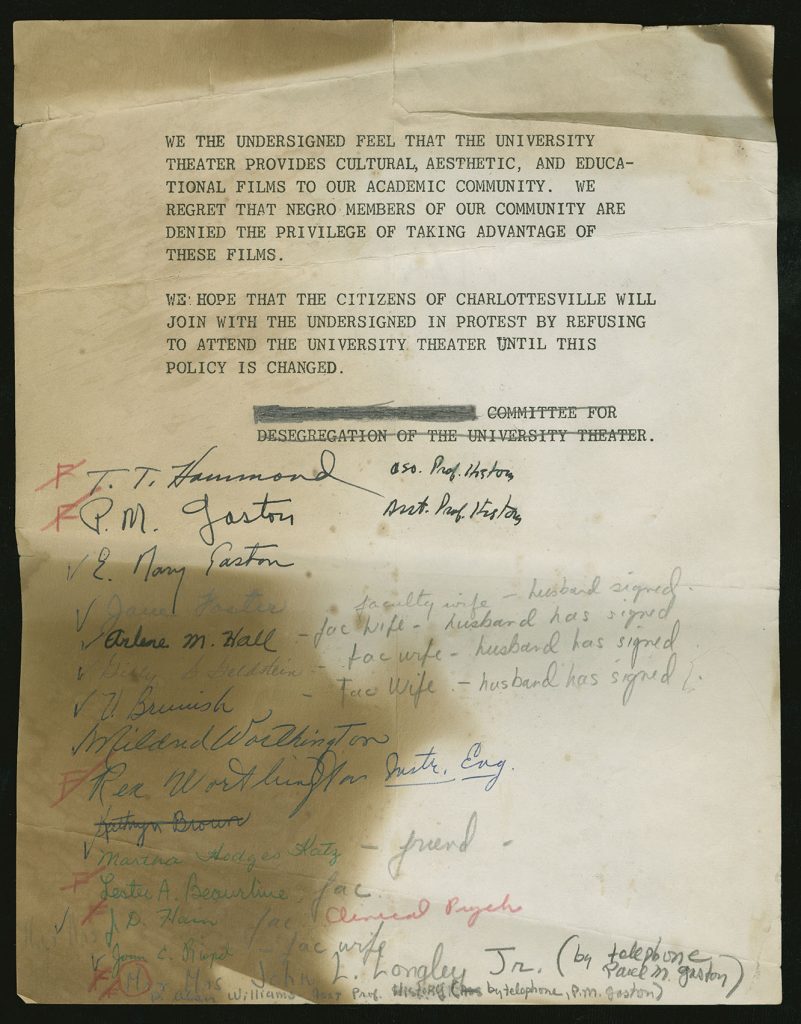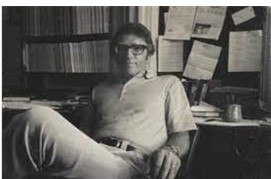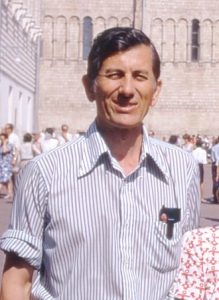This post contributed by Elizabeth Nosari, Nau Project Archivist at the Albert and Shirley Small Special Collections Library. Her work involves processing the John L. Nau III Civil War History Collection, which includes correspondence, diaries, photographs, military records, currency, and printed materials relating to the American Civil War (1861–65).
Popular notions of women during the Civil War center on self-sacrificing nurses, romantic spies, or brave ladies maintaining the home front in the absence of their men. This conventional picture of gender roles does not tell the entire story, however. Men were not the only ones to march off to war. Women bore arms and charged into battle, too.
— DeAnne Blanton and Lauren M. Cook, They Fought Like Demons, p. 1.
Minnesotan Frances Louisa Clayton (sometimes spelled Clalin; born ca. 1830) was purported to have disguised herself as a man under the alias Jack Williams in order to enlist and fight in the United States army during the Civil War, at a time when women were barred from service.1 Some historians question the veracity of accounts of Clayton’s military service.2 However, her story would not have been as rare an occurrence as one might think. In They Fought Like Demons (2002), historians DeAnne Blanton and Lauren M. Cook note they had discovered evidence of some 250 women soldiers who adopted male personas in order to fight in the Civil War. Moreover, Blanton and Cook expect there are hundreds more women whose stories have gone undocumented as lower literacy rates as well as the private nature of their soldierly subterfuge meant they were less likely to write letters or diaries detailing their experiences than their male counterparts.3 “Unless women were discovered as such … or unless they publicly confessed or privately told their tale of wartime service, the record of their military career is lost to us today.”4 As the authors acknowledge, Black women, in particular, are underrepresented in this history due to the fact that biographical stories of Black soldiers serving in the United States Colored Troops largely went uncovered by the mid-nineteenth century’s racist and white-centered mass media. What is certain, however, is that “more women took to the field during [the Civil War] than in any previous military affair [in the United States’ history].”5
What we know of Clayton comes from newspaper reports and men’s eyewitness accounts. Interviews with Clayton and witnesses featured in many newspapers when her story broke in 1863. One witness’s account lauds her service: “She stood guard, went on picket duty, in rain or storm, and fought on the field with the rest and was considered a good fighting man.”6 However, only sparse details about Clayton’s military service are documented as “most reporters found the story of the faithful wife more appealing than the details of Clayton’s life as a soldier.”7 Reports say she enlisted alongside her husband, John, in a U.S. Missouri regiment in the fall of 1861.8 She fought in eighteen battles between 1861 and 1863.9 These included the Battle of Fort Donelson in Tennessee (February 11–16, 1862), in which she was wounded. During the Battle of Stones River (December 31, 1862–January 2, 1863), Clayton reported having witnessed her husband’s death “just a few feet in front of her. When the call came to fix bayonets, [she] stepped over his body and charged.”10 Clayton was discharged in Louisville, Kentucky, in 1863.11
There are no known extant military records documenting Clayton’s story. However, historic photographs of Clayton as a soldier demonstrate the effectiveness of her male persona. In this full-length carte de visite portrait from the John L. Nau III Civil War History Collection, Clayton is shown standing and holding a sword, at ease in her Union uniform topped with the cavalryman’s Hardee hat. Contemporary newspaper descriptions further underscore Clayton’s evident soldierly comportment. According to one account, Clayton was “tall,” “masculine-looking,” and had skin “bronzed by exposure.”11 To pass as a man, she was said to have adopted an “erect and soldierly carriage” as well as a “masculine stride in walking.”13 She was also said to have excelled as a swordsman (as she is pictured) and rider in addition to then “manly vices” such as drinking, smoking, swearing, and gambling.”14
At the time of the Civil War, women, particularly those of the middle and upper classes, were expected to be “demure, submissive, pious, and concerned only with home and family.”15 However, such “Victorian ideals of womanhood” were relatively less important to those existing childless, outside of marriage, or with fewer choices, including those in the “working and lower classes, yeoman farmers, newly arrived immigrants, or pioneering families.”16 Moreover, according to Blanton and Cook, the woman warrior was familiar in popular culture and was considered “a virtuous and heroic ideal.”17 This archetype would have been visible in “any number of … examples, both true and legendary.”18 And American precedent would have included historic women such as Deborah Samson (alias Robert Shurtleff), who fought during the American Revolution.19
Clayton’s carte de visite portraits demonstrate the gendered binary of life in the mid-nineteenth century and the boldness of women soldiers’ “private rebellion against [restrictive] public conventions.”20 Women who fought in the Civil War, including white women such as Mary and Molly Bell (Confederate), Lizzie Compton (Union), and Cuban-born Loreta Velázquez (Confederate), risked their lives and the threat of arrest and imprisonment by fighting. This was even more true for Black women soldiers such as Lizzie Hoffman (Union, 45th U.S. Colored Infantry) and Maria Lewis (Union, 8th New York Cavalry), and the outcome of the war held deeply personal implications for Black women’s freedom and personhood.21 Lewis, a formerly enslaved woman from Albemarle County, Virginia, “emancipated herself from slavery” by assuming the alias George Harris and passing as a white man to fight with the 8th New York Cavalry.22 The stories of Lewis, Clayton, and many more show that adopting male personas and fighting in the Civil War enabled women to gain social, economic, and civic privileges that were “otherwise closed to them.”23
Footnotes:
1 Women would only be granted the right to choose direct combat roles in all branches of the United States military 150 years later, in 2016. See Jim Miklaszewski and Halimah Abdullah, “All Combat Roles Now Open to Women, Pentagon Says,” December 3, 2015, https://www.nbcnews.com/news/us-news/pentagon-nbc-news-all-combat-roles-now-open-women-n473581, accessed October 11, 2022.
2 Wikipedia, s.v., “Frances Clayton,” https://en.wikipedia.org/wiki/Frances_Clayton, accessed October 11, 2022.
3 DeAnne Blanton and Lauren M. Cook, They Fought Like Demons: Women Soldiers in the American Civil War (Baton Rouge, Louisiana: LSU Press, 2002), 2.
4 Blanton and Cook, They Fought Like Demons, 7.
5 Blanton and Cook, They Fought Like Demons, 6.
6 Blanton and Cook, They Fought Like Demons, 75.
7 Blanton and Cook, They Fought Like Demons, 149-151.
8 Blanton and Cook, They Fought Like Demons, 34.
9 Bonnie Tsui, She Went to the Field: Women Soldiers of the Civil War (Rowman & Littlefield, 2006), 66.
10 Blanton and Cook, They Fought Like Demons, 11.
11 Blanton and Cook, They Fought Like Demons, 34 and 150.
12 Blanton and Cook, They Fought Like Demons, 48.
13 Blanton and Cook, They Fought Like Demons, 58.
14 My emphasis on the photographic portrait. Blanton and Cook, They Fought Like Demons, 52, 55, and 58.
15 Blanton and Cook, They Fought Like Demons, 3.
16 Blanton and Cook, They Fought Like Demons, 3.
17 Blanton and Cook, They Fought Like Demons, 5.
18 Blanton and Cook, They Fought Like Demons, 5.
19 Blanton and Cook, They Fought Like Demons, 5.
20 Blanton and Cook, They Fought Like Demons, 5.
21 Blanton and Cook, They Fought Like Demons, 6.
22 Wikipedia, s.v., “Maria Lewis,” https://en.wikipedia.org/wiki/Maria_Lewis_(soldier), accessed October 11, 2022.
23 My emphasis. Blanton and Cook, They Fought Like Demons, 5.
Work Cited
Blanton, DeAnne, and Lauren M. Cook. They Fought Like Demons: Women Soldiers in the American Civil War. Baton Rouge, Louisiana: LSU Press, 2002.
Miklaszewski, Jim, and Halimah Abdullah. “All Combat Roles Now Open to Women, Pentagon Says,” December 3, 2015. https://www.nbcnews.com/news/us-news/pentagon-nbc-news-all-combat-roles-now-open-women-n473581, accessed October 11, 2022.
Tsui, Bonnie. She Went to the Field: Women Soldiers of the Civil War. Washington, D.C.: Rowman & Littlefield, 2006.
Wikipedia, s.v., “Frances Clayton,” https://en.wikipedia.org/wiki/Frances_Clayton, accessed October 11, 2022.
Wikipedia, s.v., “Maria Lewis,” https://en.wikipedia.org/wiki/Maria_Lewis_(soldier), accessed October 11, 2022.


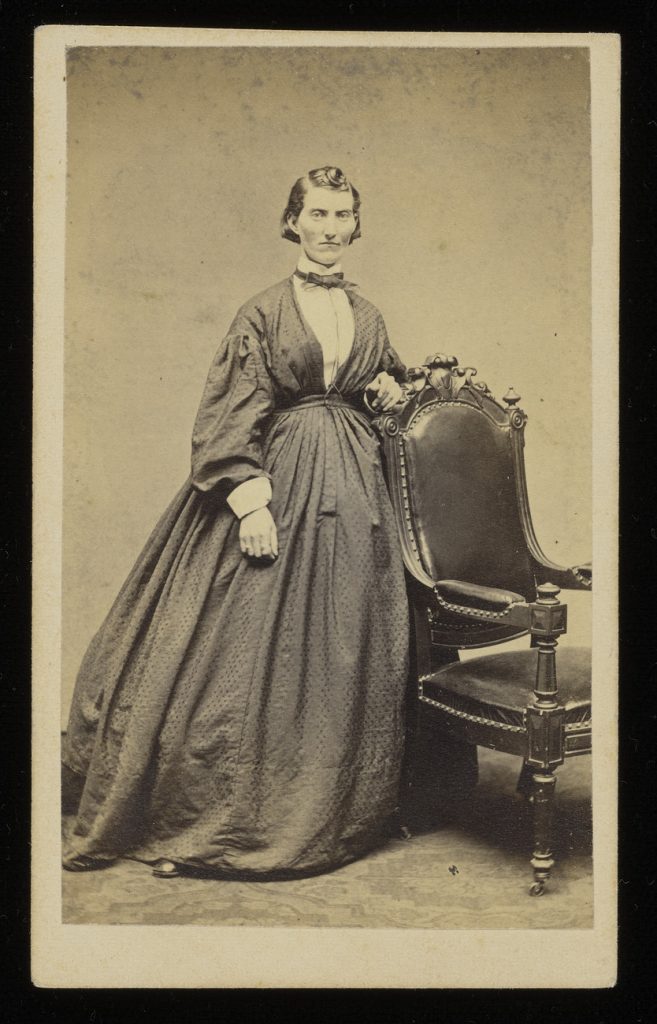
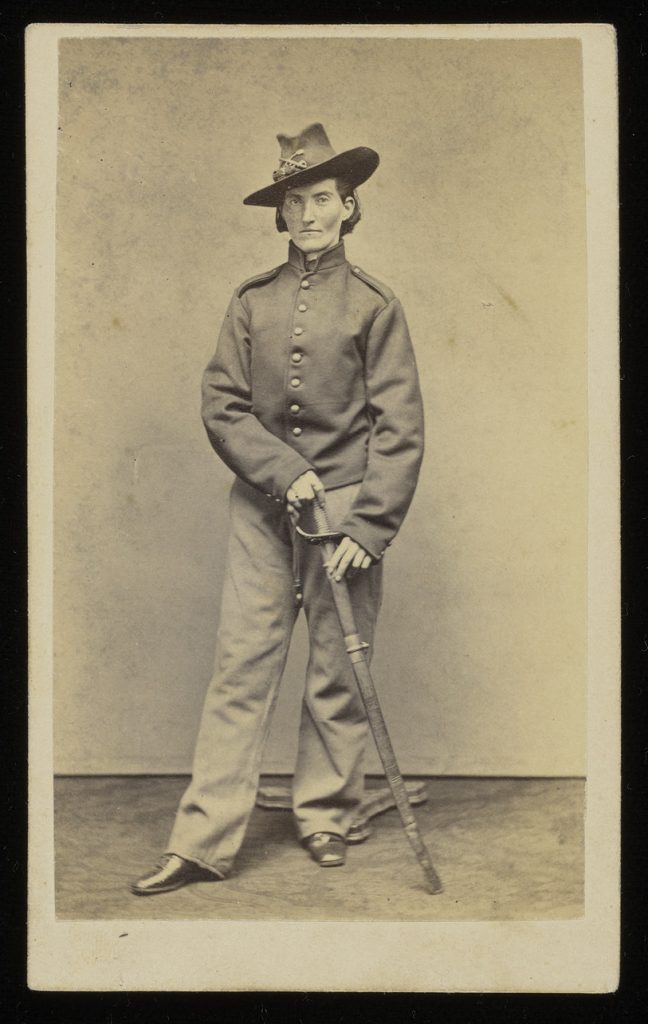
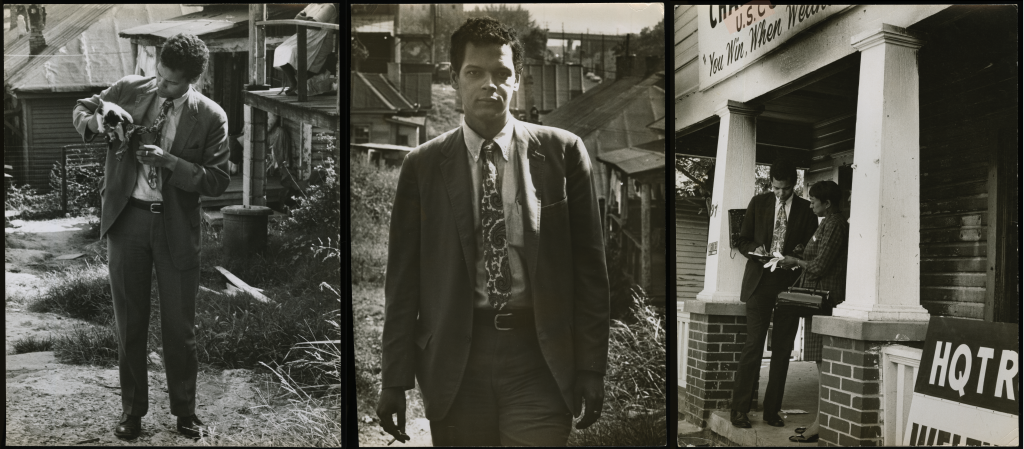
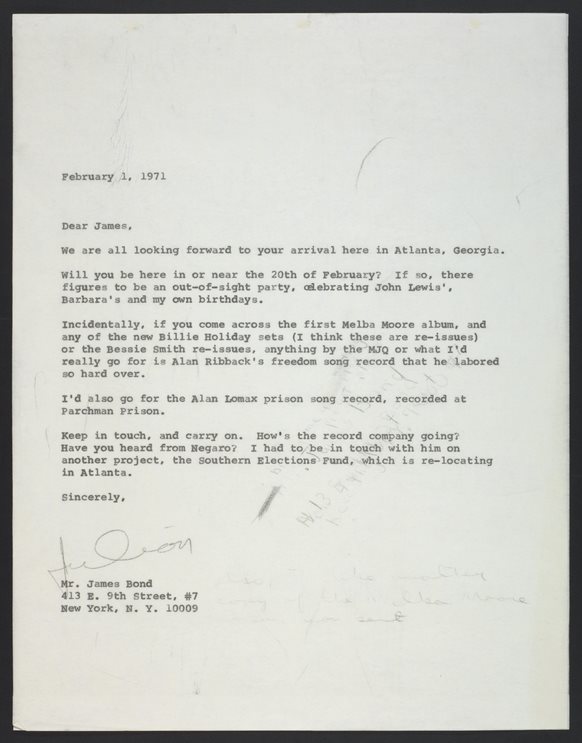
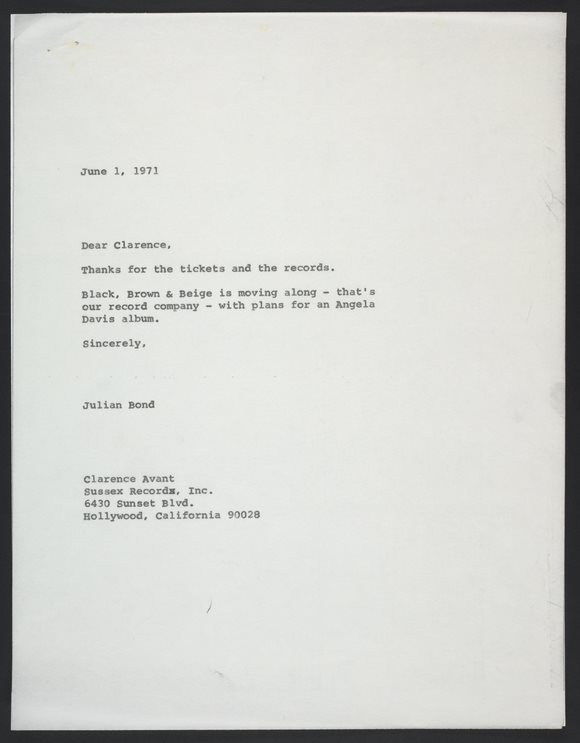
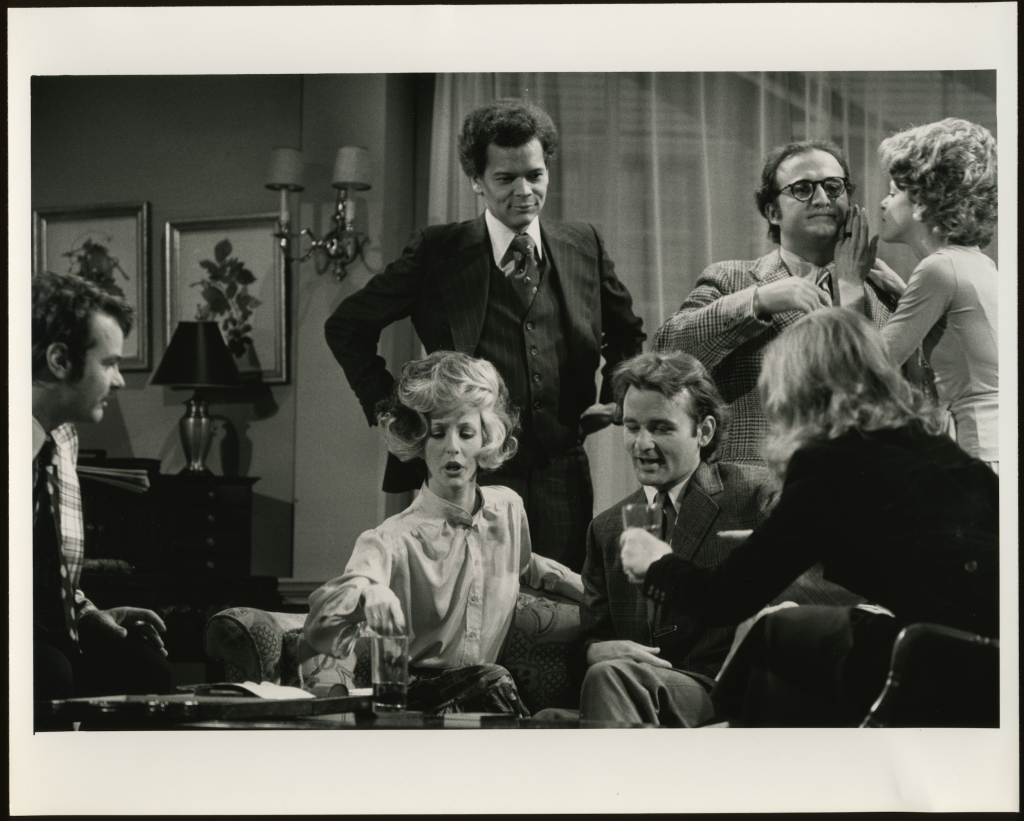
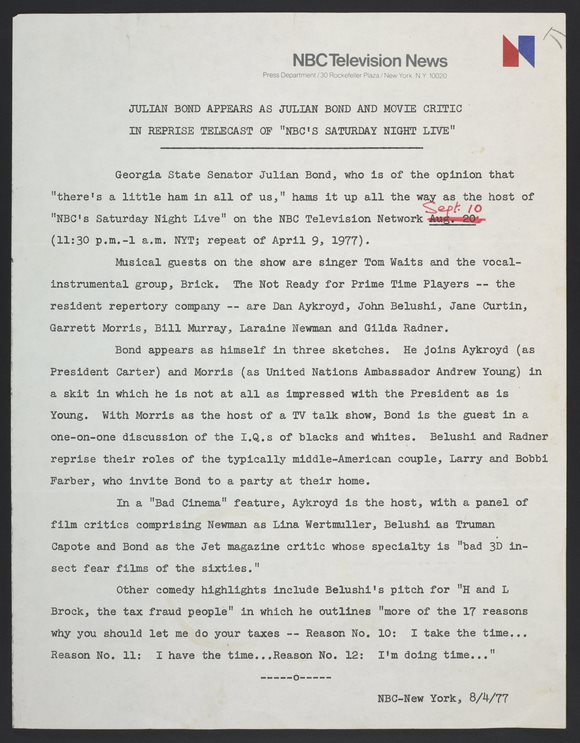
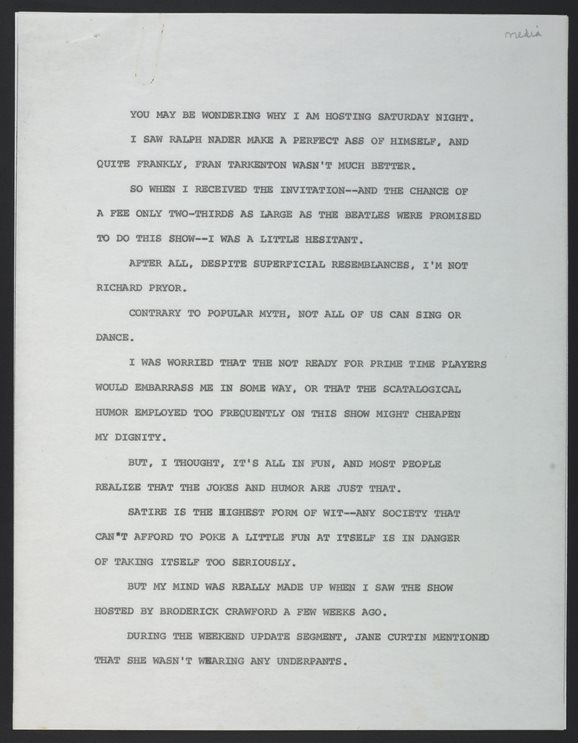
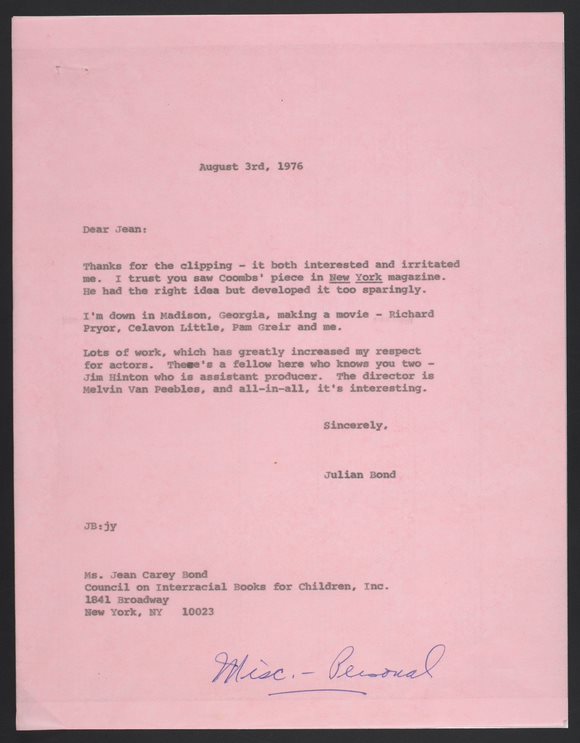
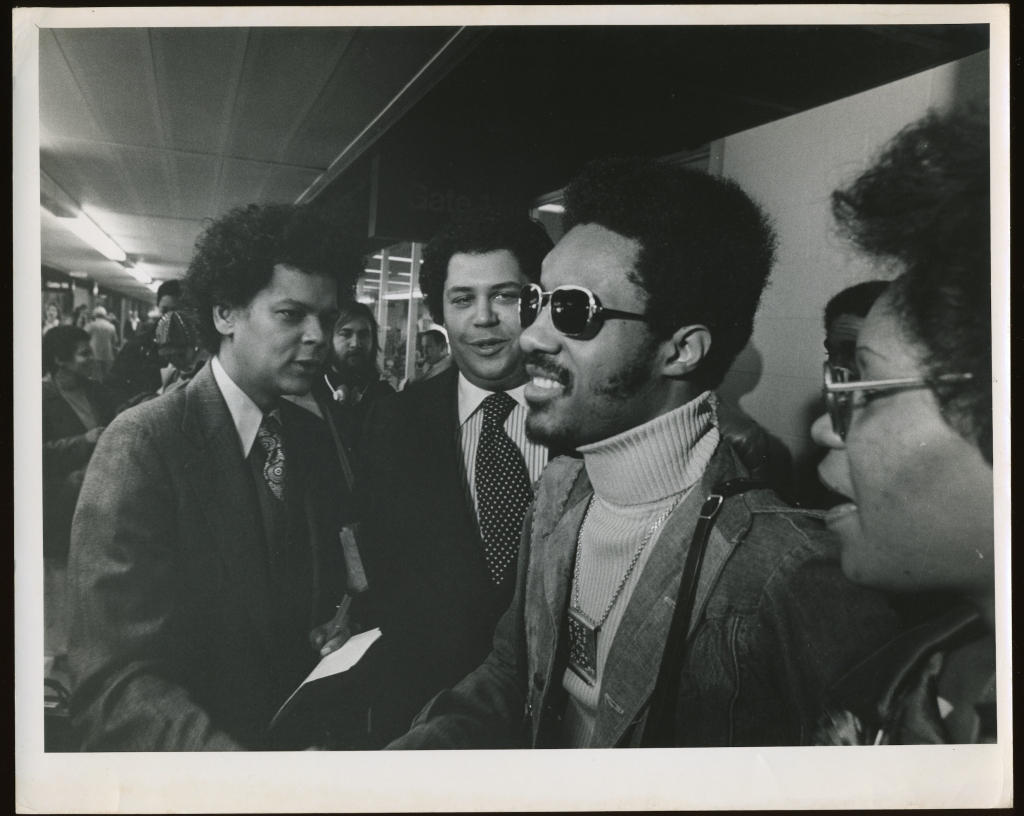
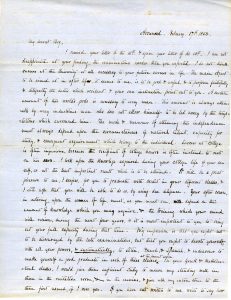
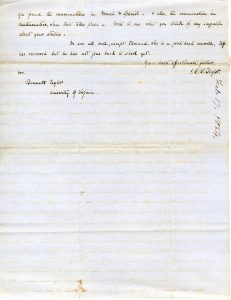
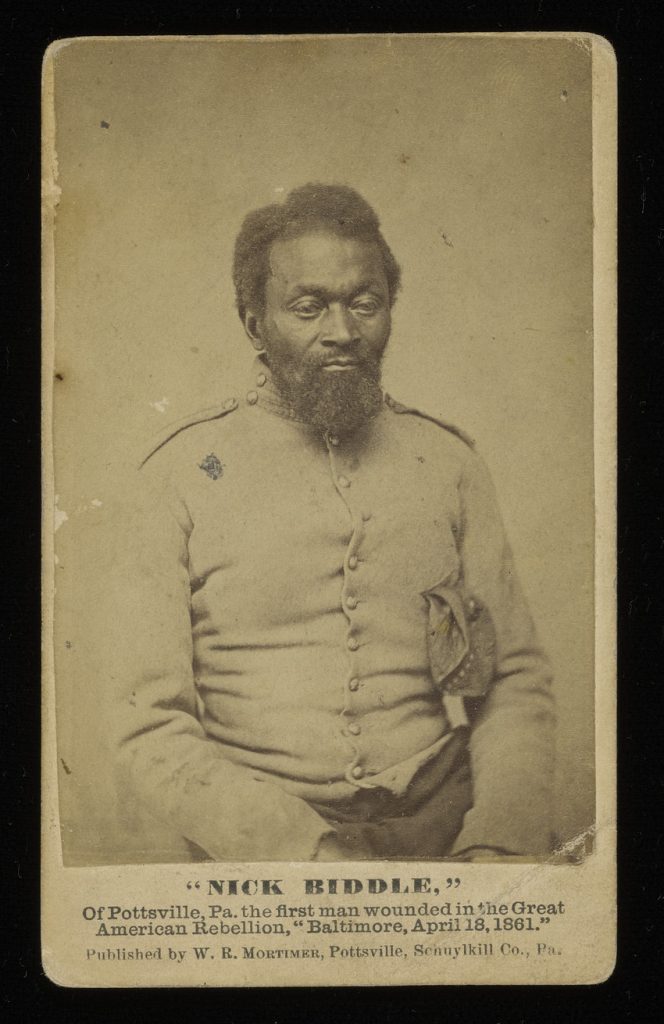

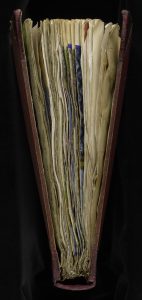
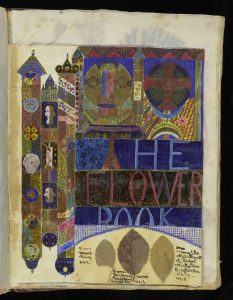
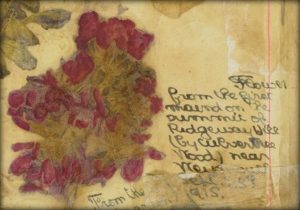
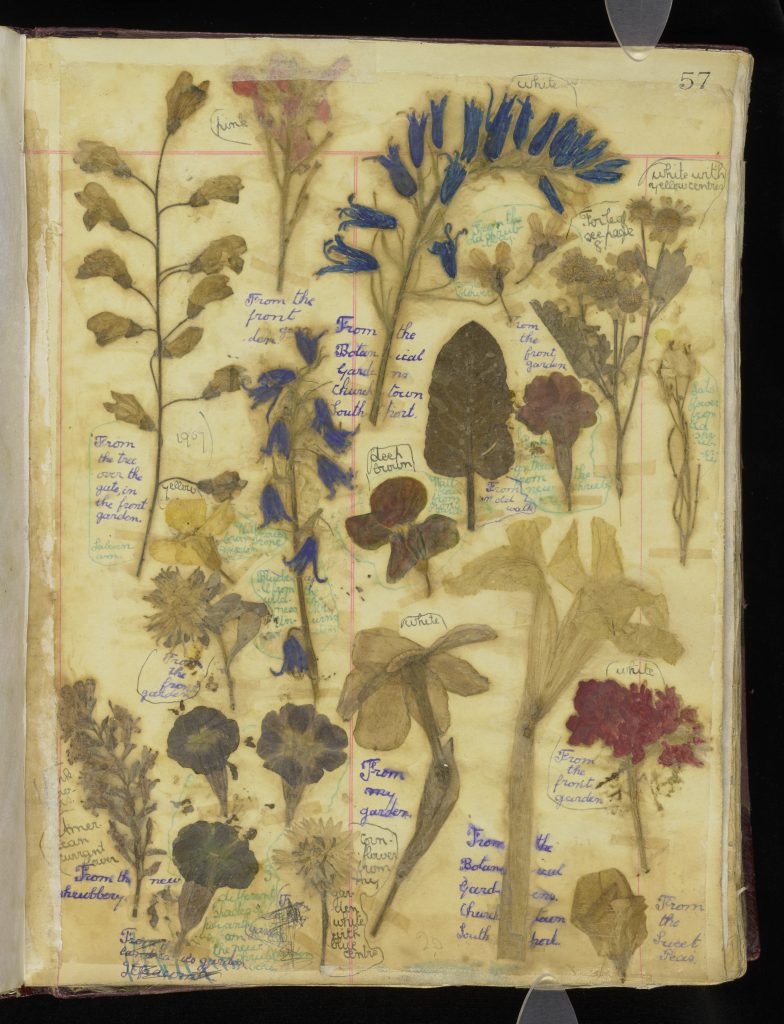
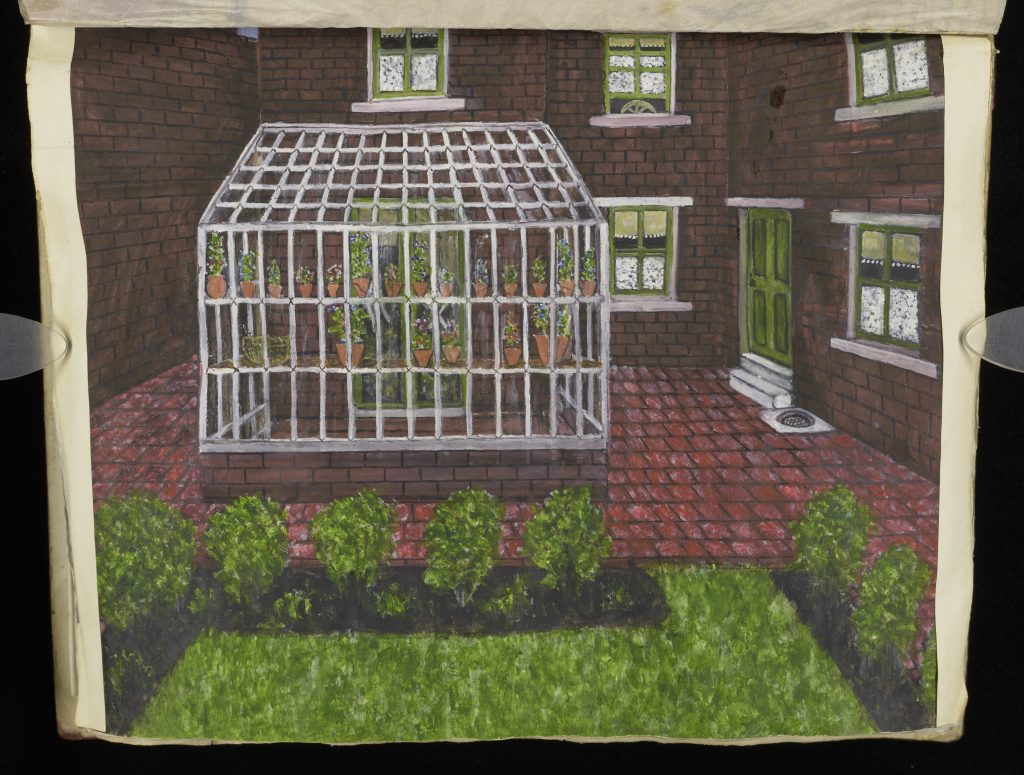
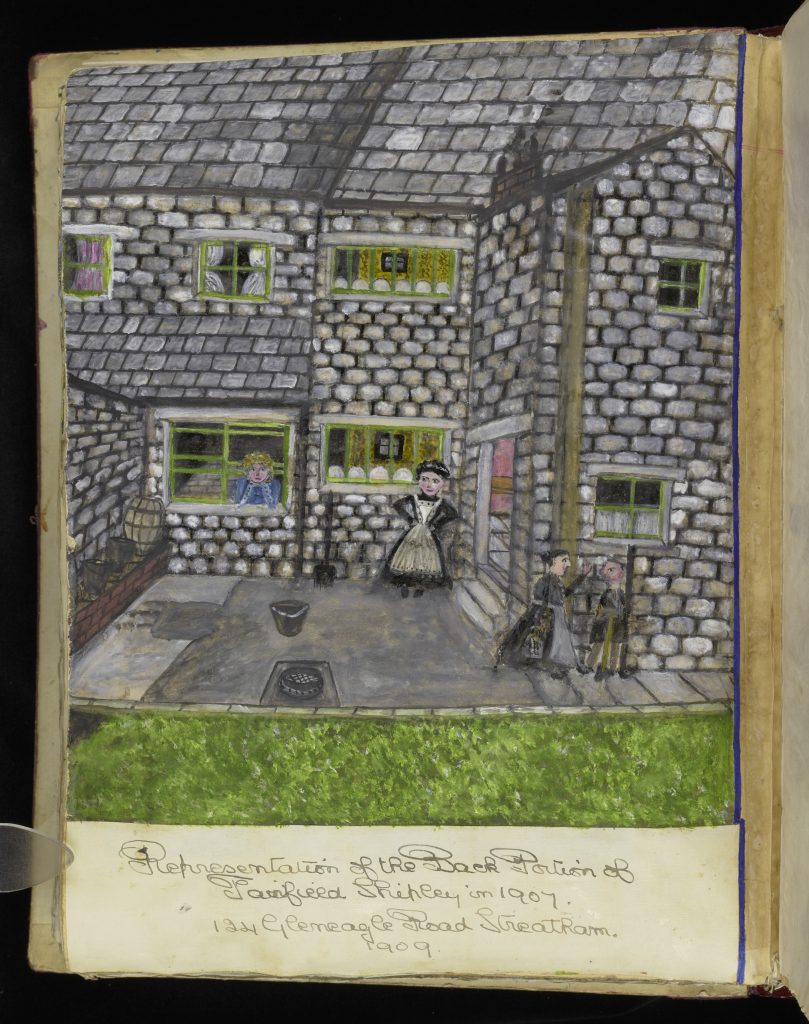
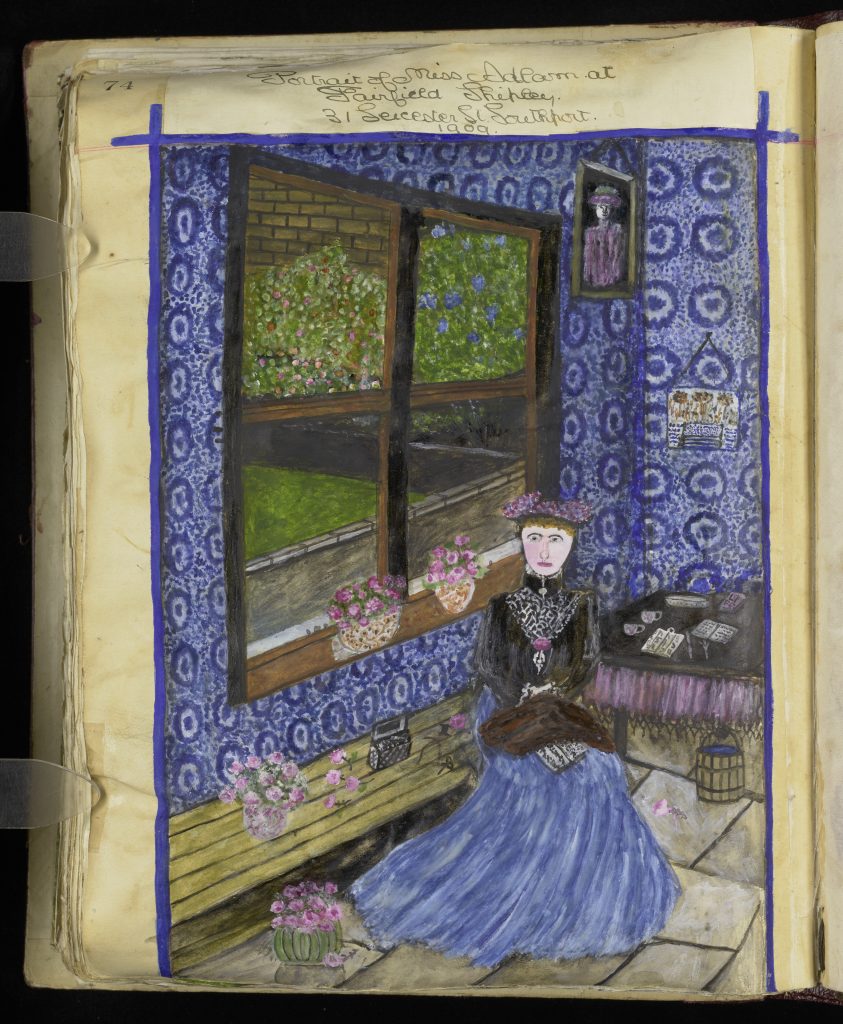
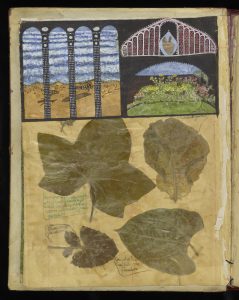
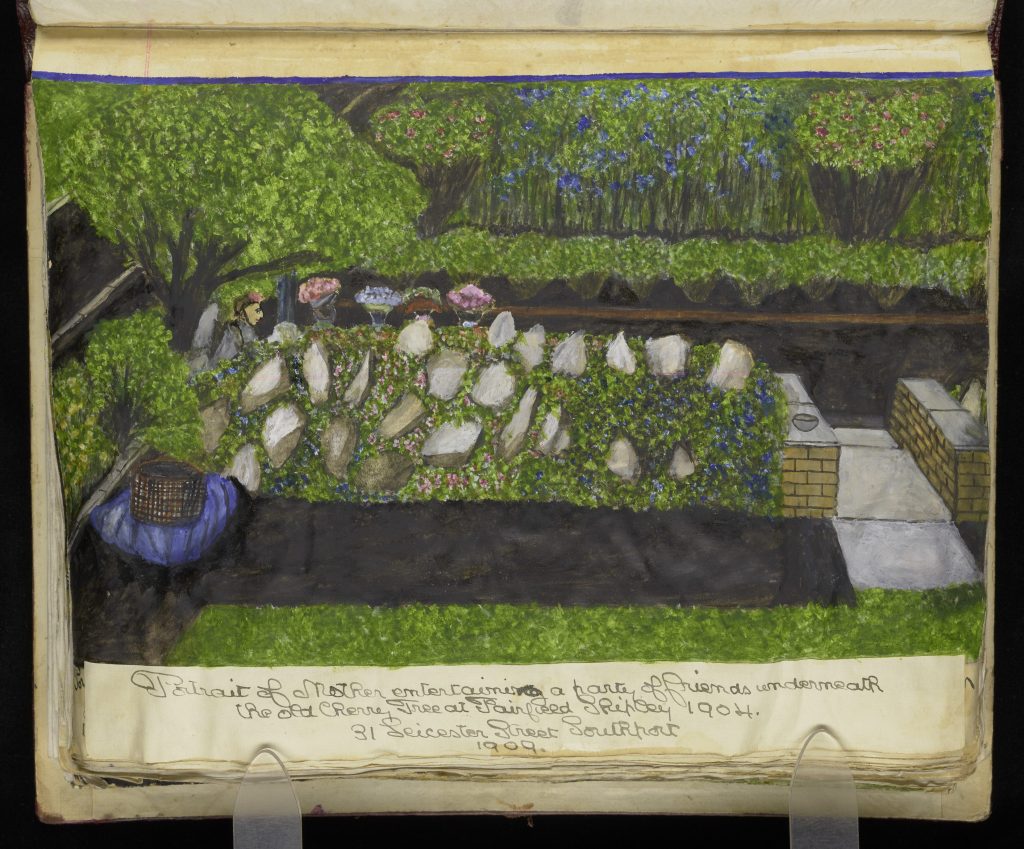
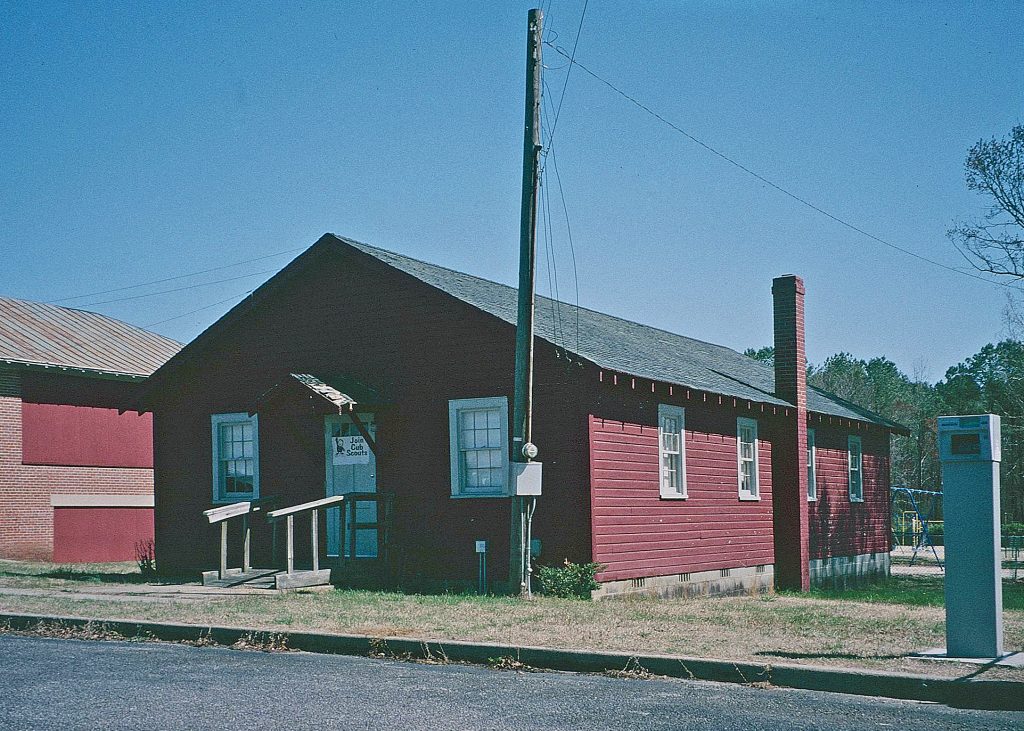
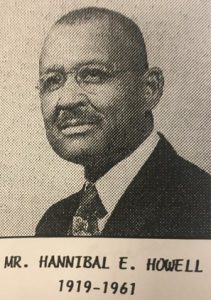
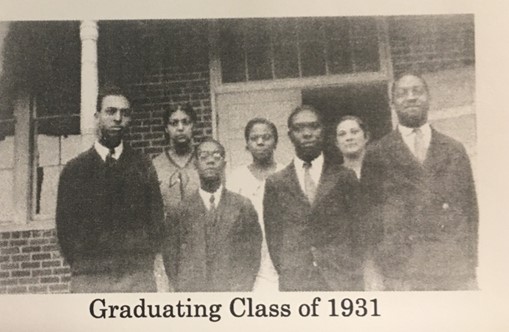
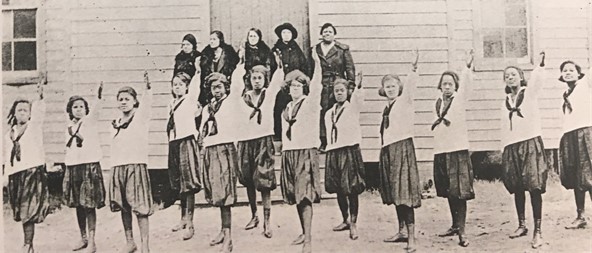
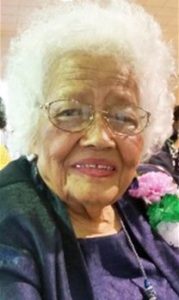
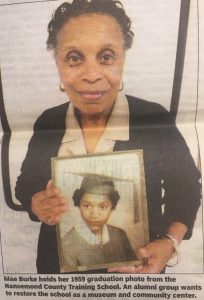
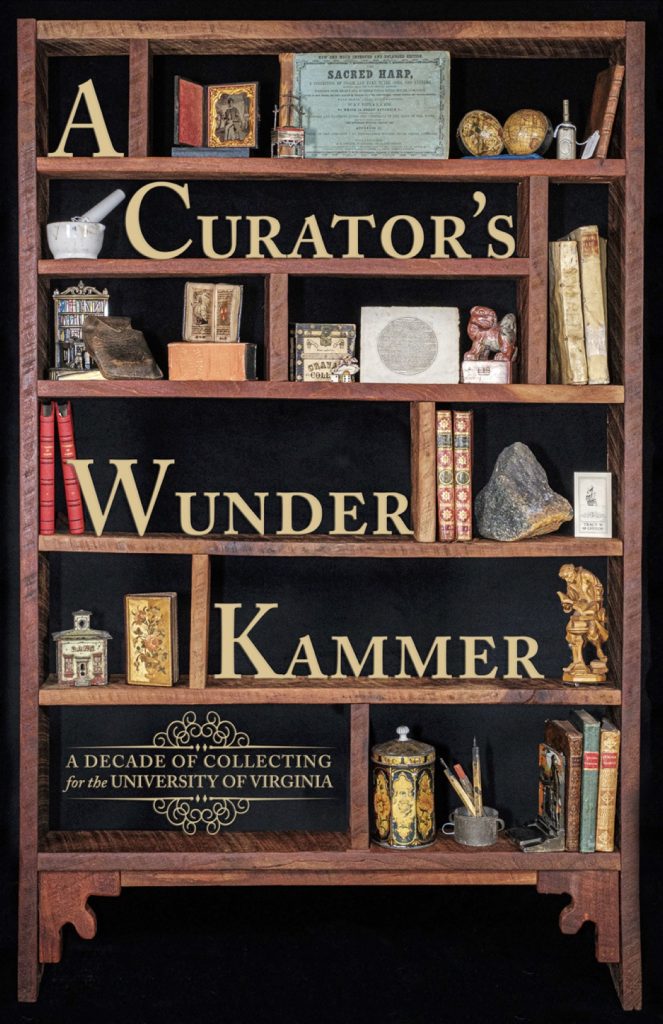
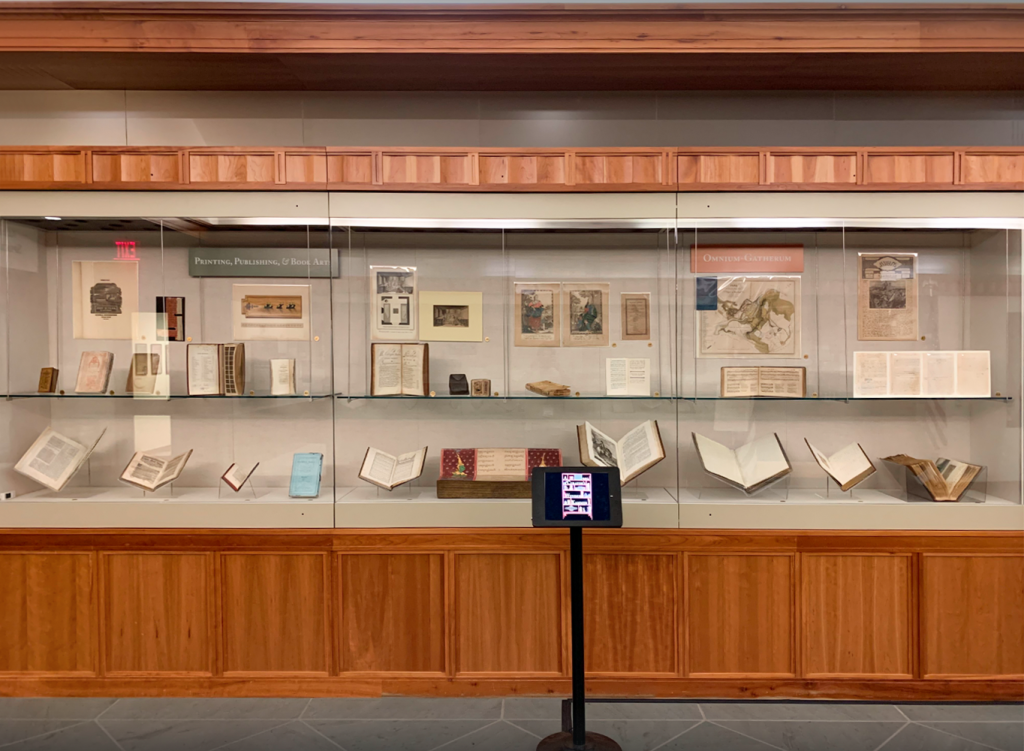
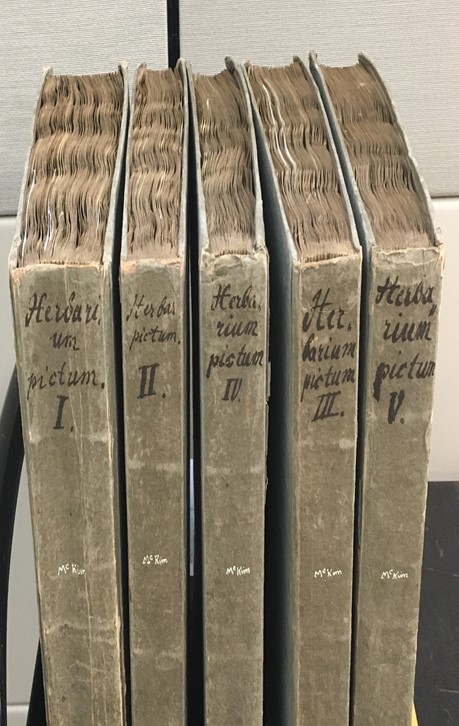
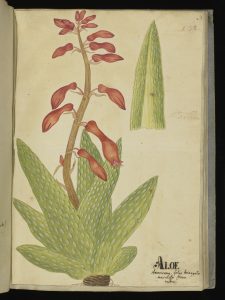
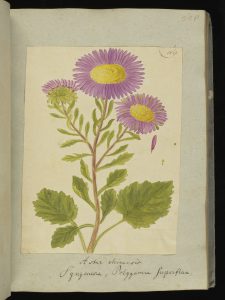
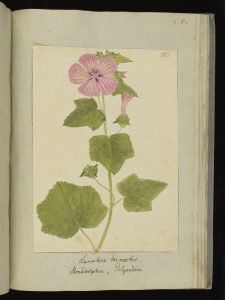
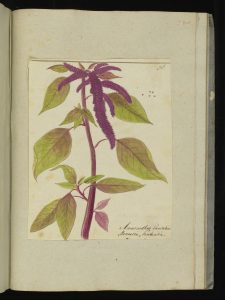
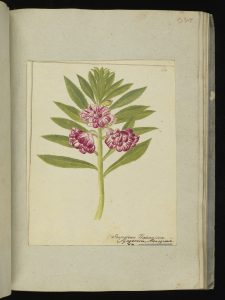
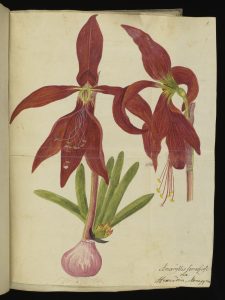
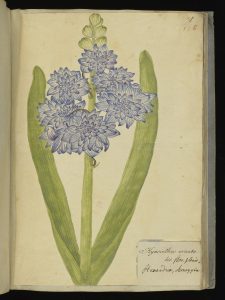
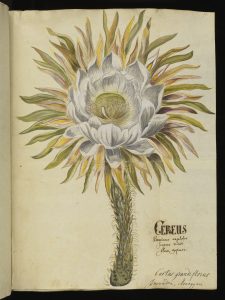
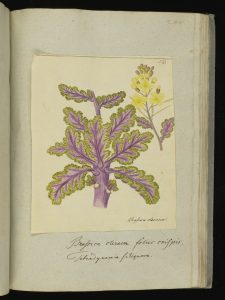
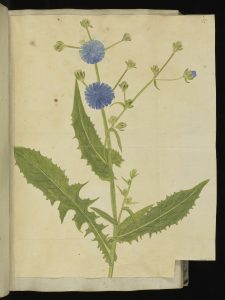
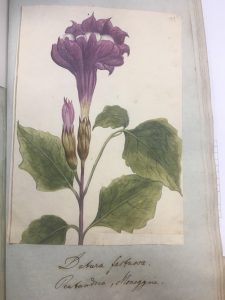
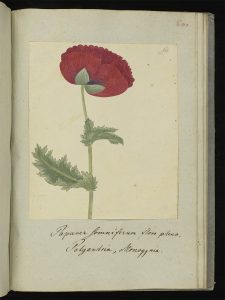
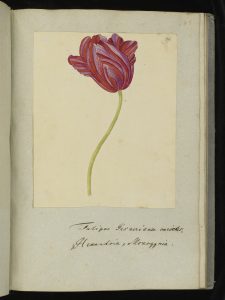
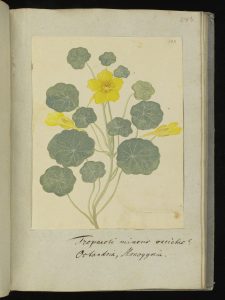
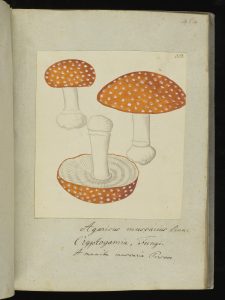
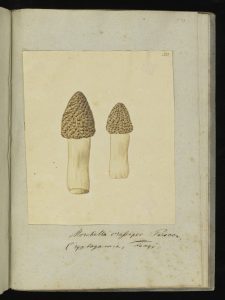
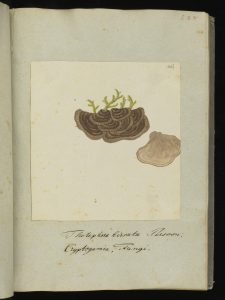
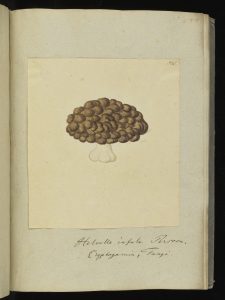
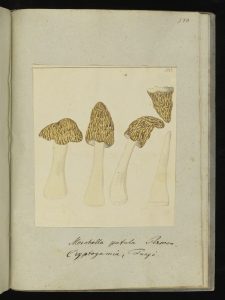
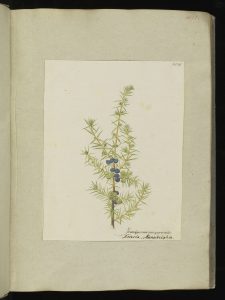
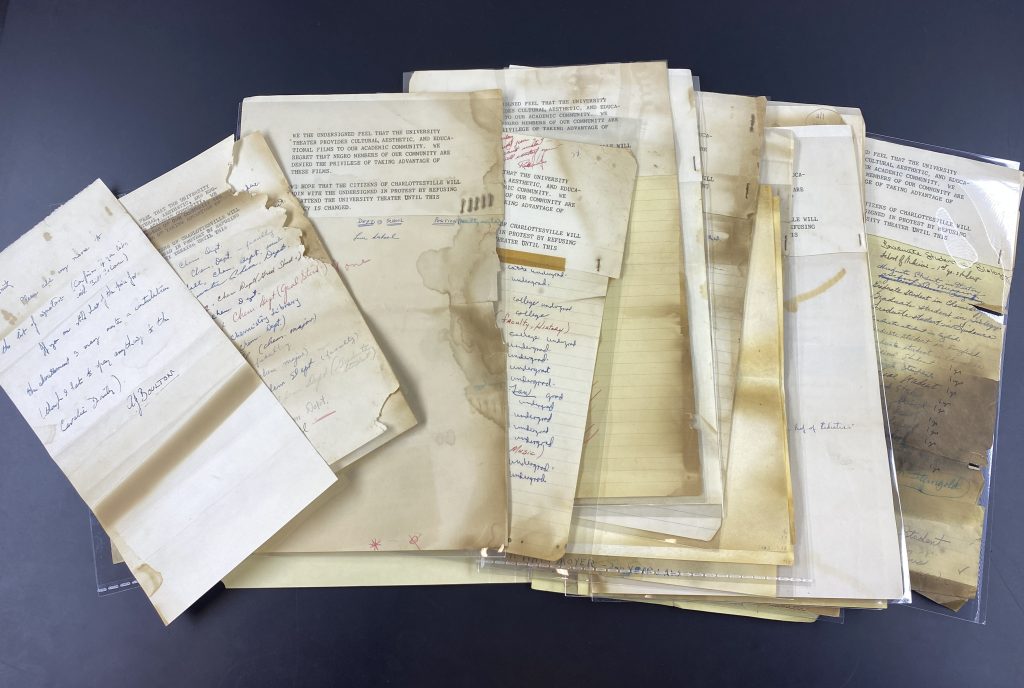
![Segregation, then Separate but Equal at UVA In October 1959, Edgar F. Shannon became President of the University of Virginia following the retirement of President Colgate Darden. Darden’s administration presided over the University in the tumultuous years following the 1954 United States Supreme Court ruling against segregation in schools. As noted in Trailblazing Against Tradition: The Public History of Desegregation at the University of Virginia in 1955-75, Shannon’s administration “inherited and conformed to Darden’s fear that involvement and policies too clearly or loudly spoken would create sharp criticism and angry turbulence throughout the state and in turn it would arrest the growth of the University, while bringing them adverse publicity.” According to local newspaper articles, President Darden supported an equal but separate “system of private education for the whites while maintaining schools for [Black students].”](https://smallnotes.internal.lib.virginia.edu/wp-content/uploads/2022/02/img20220223_11334469-180x300.jpg)
